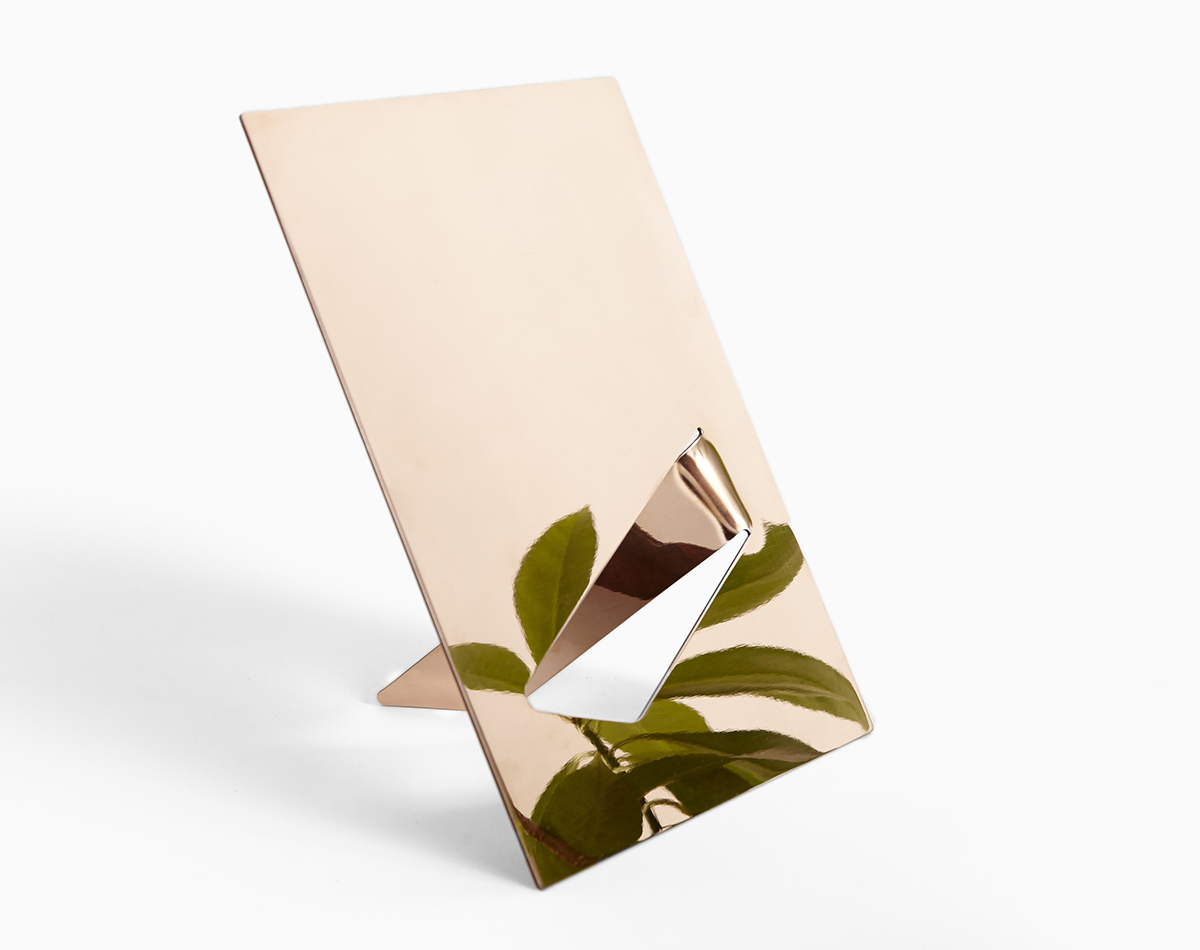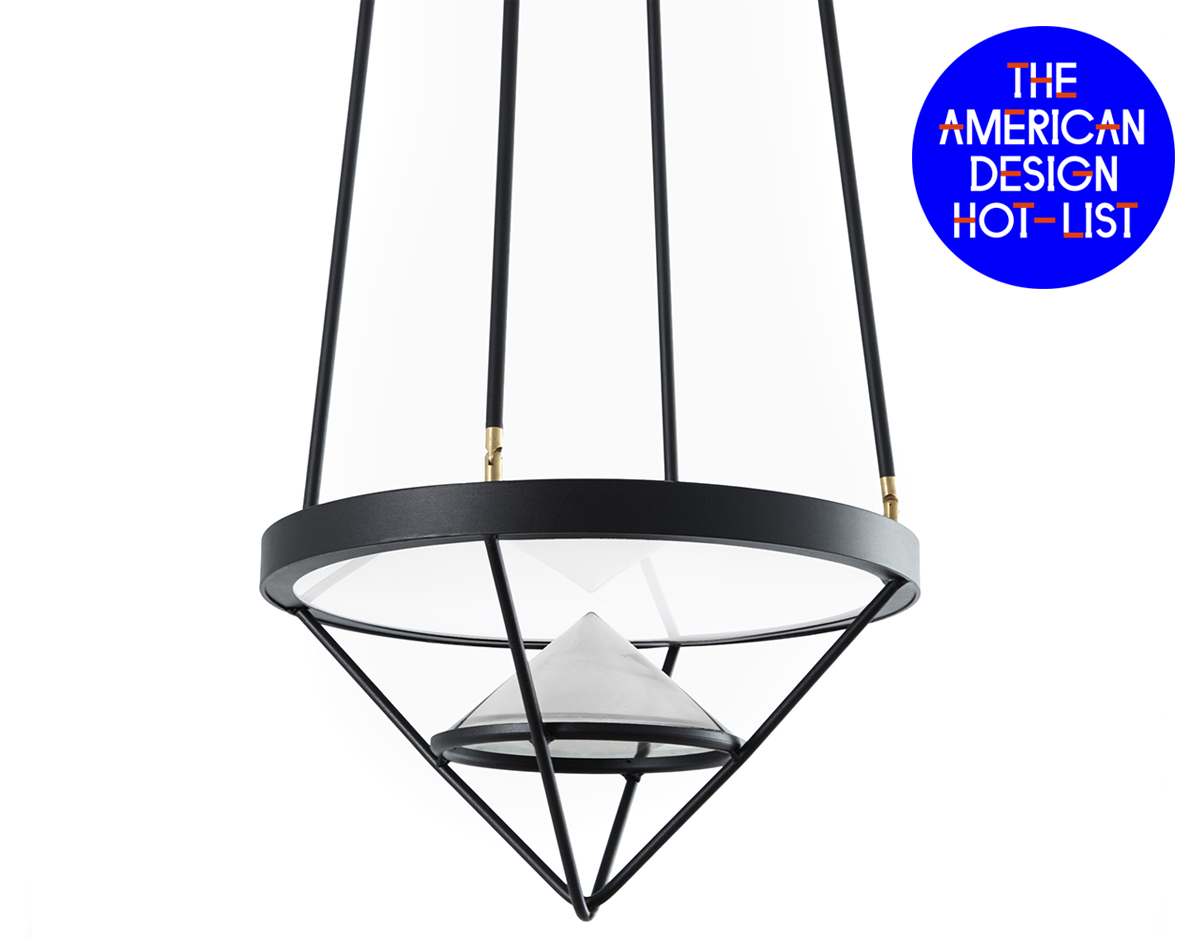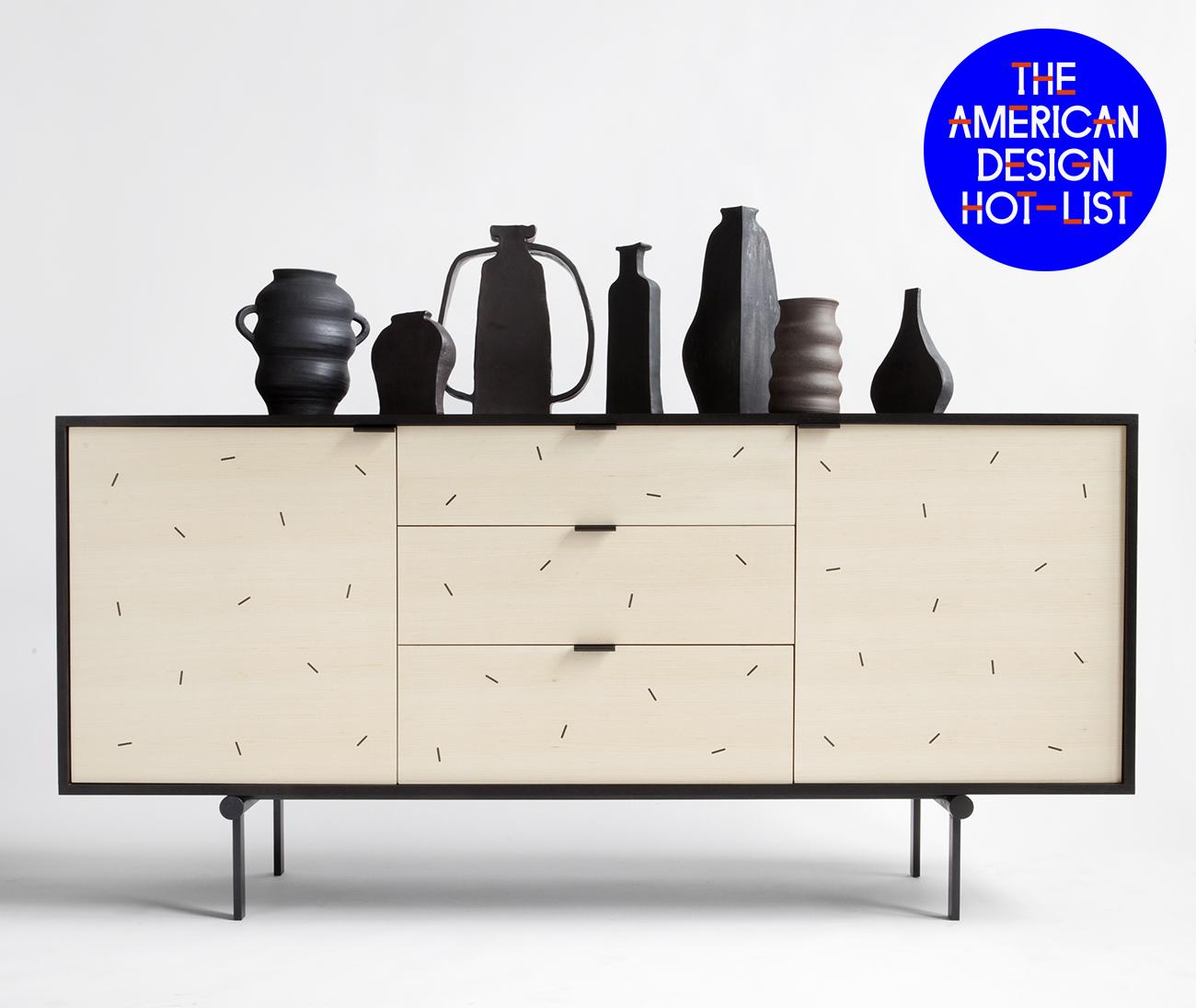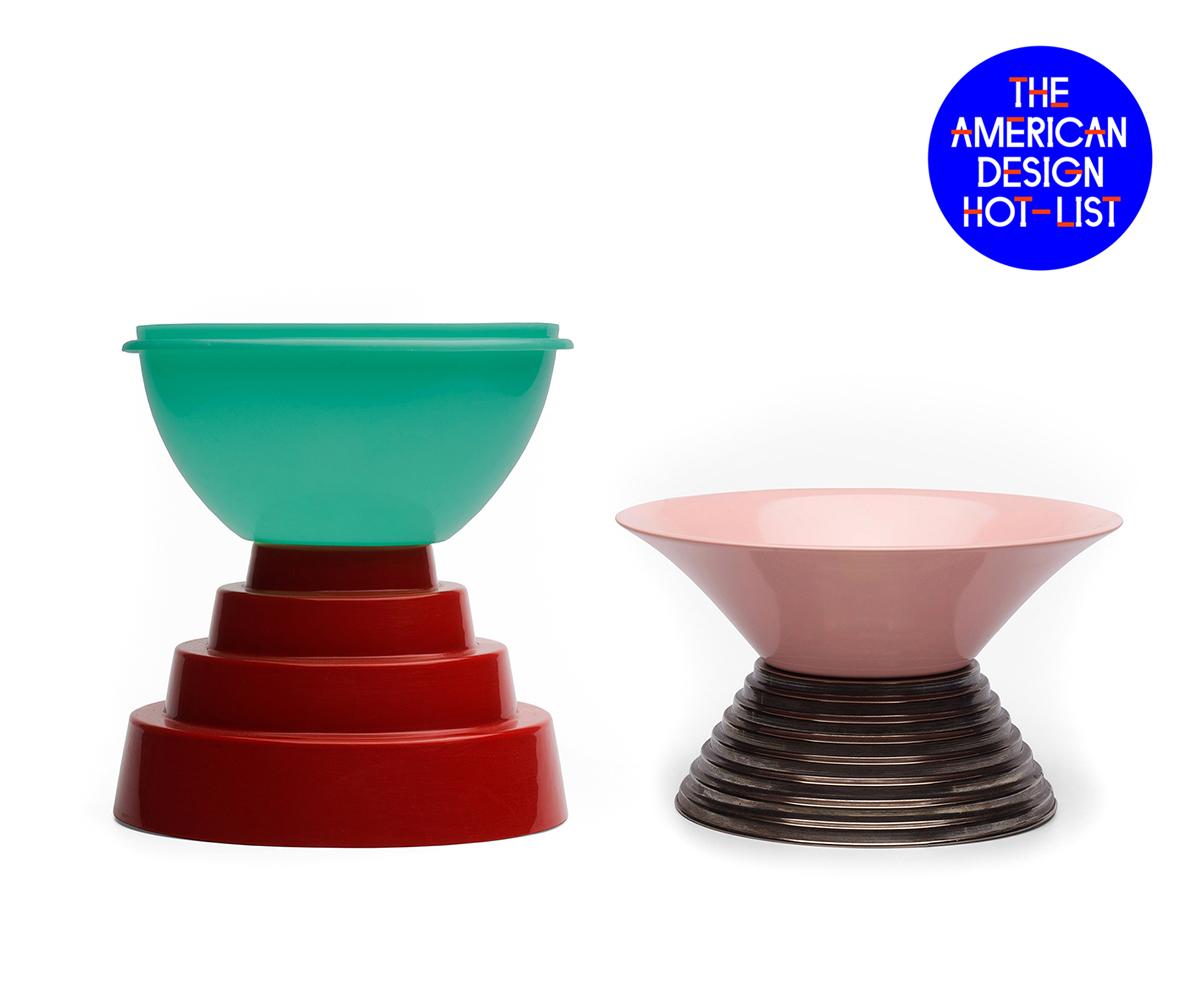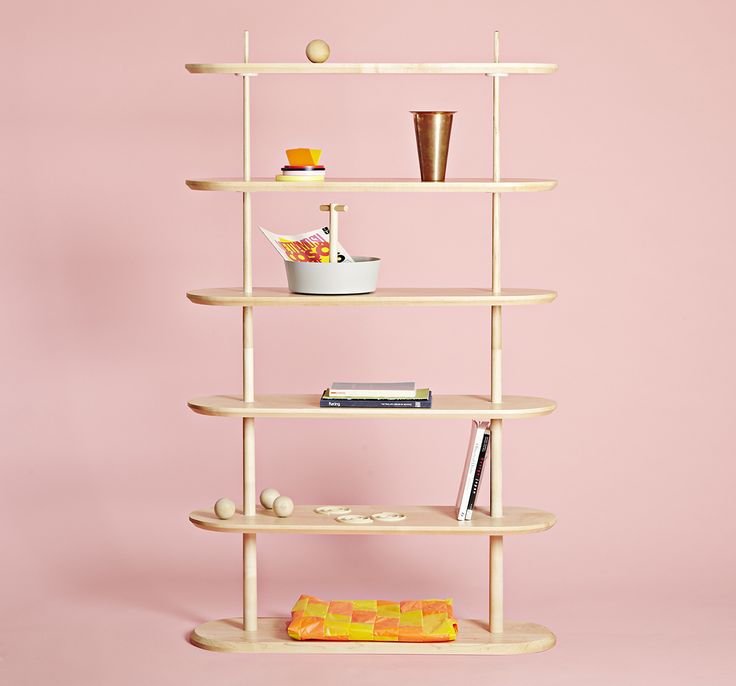
American Design Hot List 2015
Jamie Wolfond
New York, jamiewolfond.com; goodthingny.com
In 2014, only a year out of RISD, the Toronto-born, Brooklyn-based designer launched Good Thing, a suddenly of-the-moment design brand focused on the development and manufacture of small goods and housewares.
What is American design to you, and what excites you about it?
In the US, designing a product seldom ends with the object itself, but continues all the way through the process of bringing that thing to an audience. When I was in school I wanted very little to do with American design. I’d been closely following the work of several European designers (in particular the Dutch, with Droog and the many other designers making process-based work there) and was a little jealous of them for being in a part of the industry with a great infrastructure for licensing. In Europe, there are so many manufacturing companies, and there’s such a strong market for unusual objects, that a designer doesn’t have to think about much more than the creative process. A manufacturing company handles production, sales, and all liability, leaving the designer with a tidy quarterly royalty check and the free time to move on to another idea.
And yet, after I spent two summers working with designers in the Netherlands — first DHPH/Maarten Baas, and then Studio Bertjan Pot, two of the very best experimental designers in the industry — I found that the licensing model in Europe doesn’t leave very much opportunity to experiment beyond the design of the object itself. The flip side of a strong infrastructure for licensing design is that the companies that operate in this way have long since formulated their own ideas of what will and won’t sell. This makes it really difficult to introduce completely new ideas to the market. For example, I really hoped to find an opportunity to license my Sticker Clock design with a Dutch company, but consistently received feedback that customers would not buy something with the perceived value of a sticker. There was something really unnatural about ending the design process by simply taking someone’s word for it. The way a designer creates a product is by repeatedly testing ideas, and reacting to the result. I realized I could get a great deal more imperial feedback from trying to sell the clock than from trying to license it.
The truly amazing thing about American design is the newfound prevalence of the designer/businessperson. What had originally seemed to me like such a bummer about the infrastructure for design in the US, is actually a fantastic opportunity for the individual who envisions an object having direct contact with the person who consumes it. When I first started in New York, I had this fear that being a part of the marketing and sales of a product would somehow make me less of a designer, or would cause me to sell out (the result of a stigma I encountered in Europe). What a silly concept! Designers make commercial objects, and our best chance of making interesting and long-lasting products is to know the customer and react to our experience with them. I’m so happy to be a part of a community where we experiment not only with objects themselves, but also methods of bringing those objects to people.
What are your plans and highlights for the upcoming year?
I’m working on plenty of objects, and that’s always a thrill (I’m really excited for Good Thing’s upcoming contribution to the Sight Unseen shop). But the largest creative project I’m working on is not an object for Good Thing, but rather the brand itself. I’m working with our graphic designer and good friend, Jon Lucas, as well as our many other wise and talented sounding boards, to figure out what our company really is and how to express it well. This is not to say that we don’t have a sense of what we’re already; we’ve had a really fun time adjusting the brand as we learn. What we’re doing now is looking at everything from website to packaging to photography to product instructions simultaneously to figure out how we can make them even more succinct and elegant. The goal is to create a context for our products that is a work of art in its own right.
What inspires your work in general?
Cheap stuff. Right now, my three greatest influences are Amazon, Uline, and How It’s Made. I get the best feeling when I see an object or process that was rationalized (probably by an engineer) for ultimate efficiency and still takes on an expressive character. It’s really refreshing to look at things that are not over-designed, for a change. The more I see these amazing little coincidences, the more I realize that my job as a designer is simply to notice them and figure out how to use them, rather than trying to force beautiful moments into existence from scratch.
